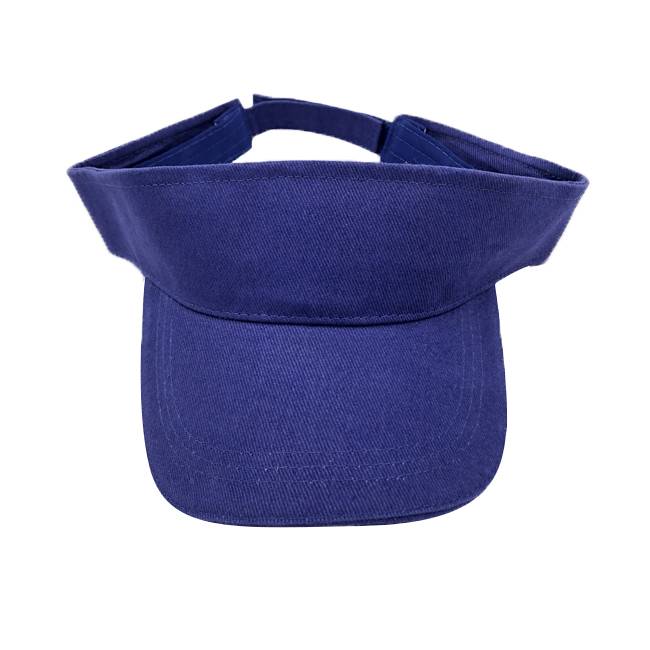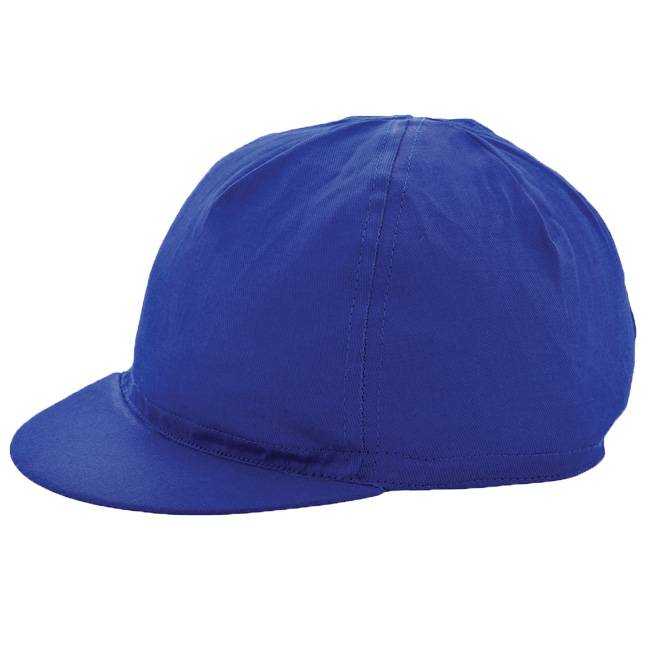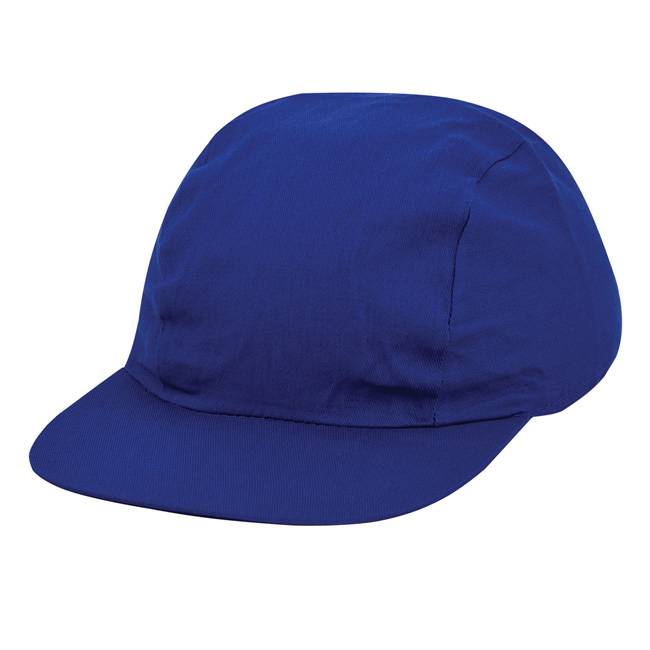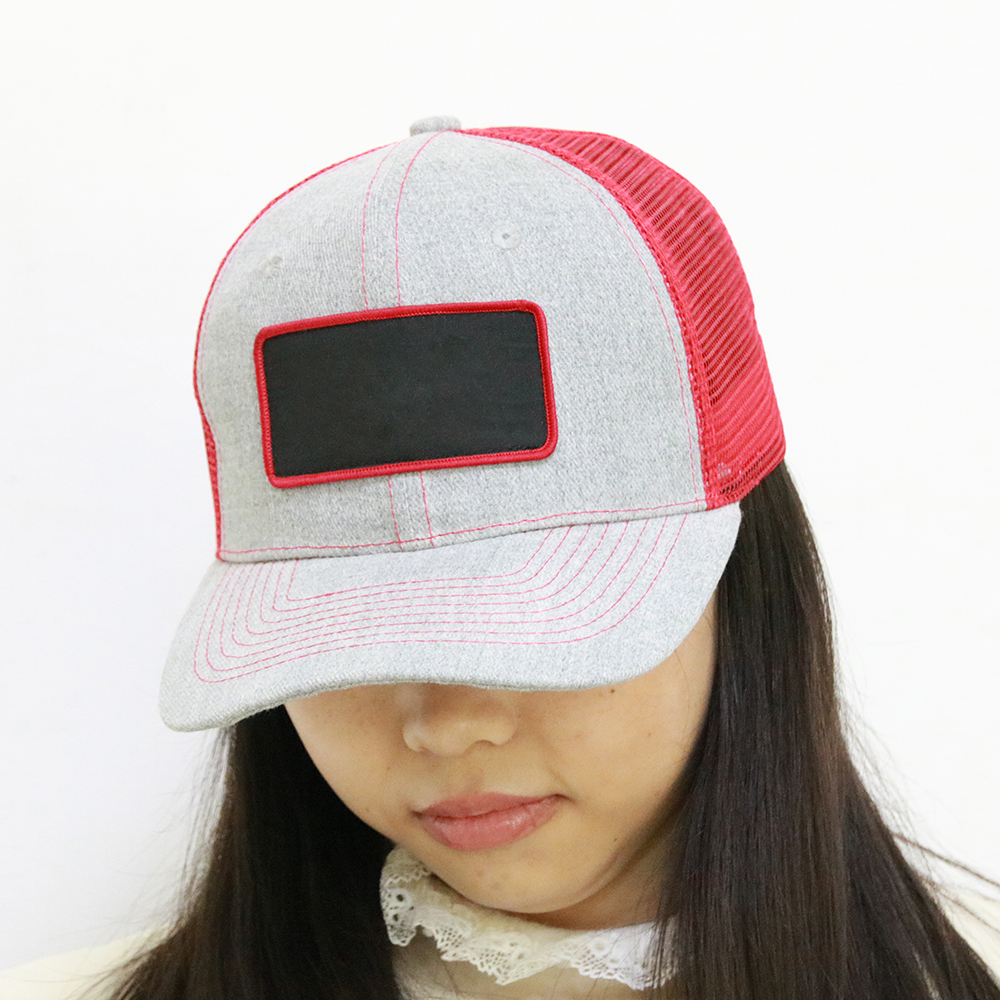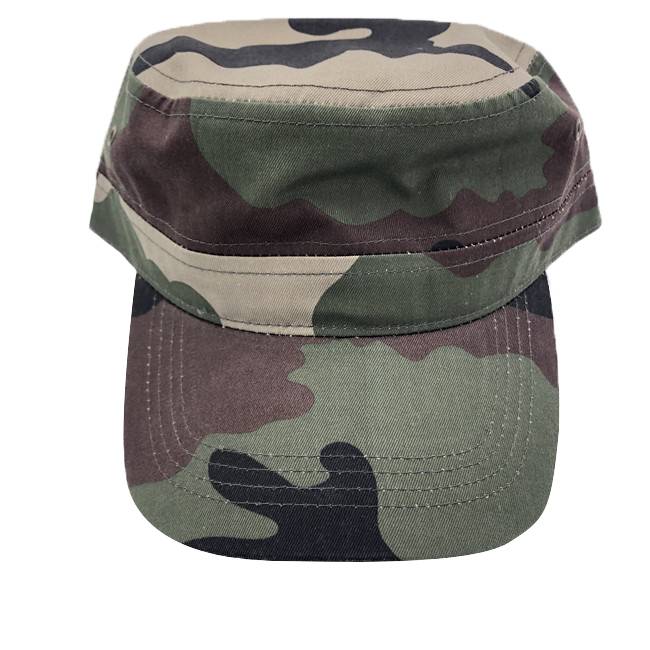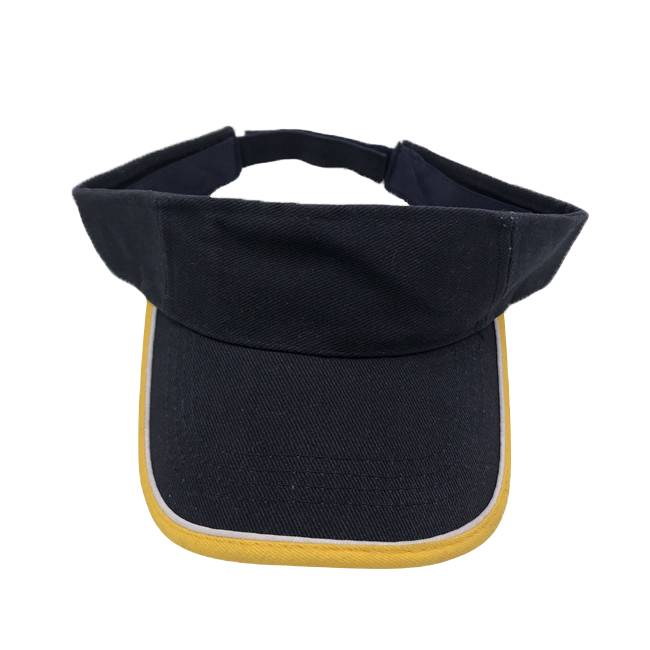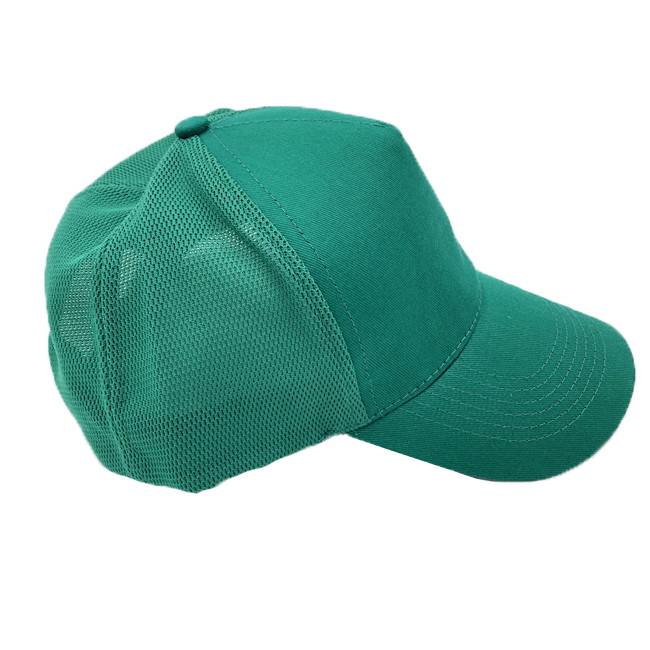Custom Camo Hat – Personalized Camo Hats for Your Unique Style Bulk Orders Available
- Introduction to Custom Camo Hats: Exploring Evolving Consumer Demand
- Unraveling the Popularity Surge: Market Data & Growth Trends
- Modern Manufacturing Techniques and Their Impact on Quality
- Comparative Analysis: Leading Custom Hat Manufacturers
- Personalization Strategies: Techniques, Materials, and Creative Options
- Real-World Applications: Case Studies Across Industries
- The Future Landscape of Custom Camo Hat Innovation
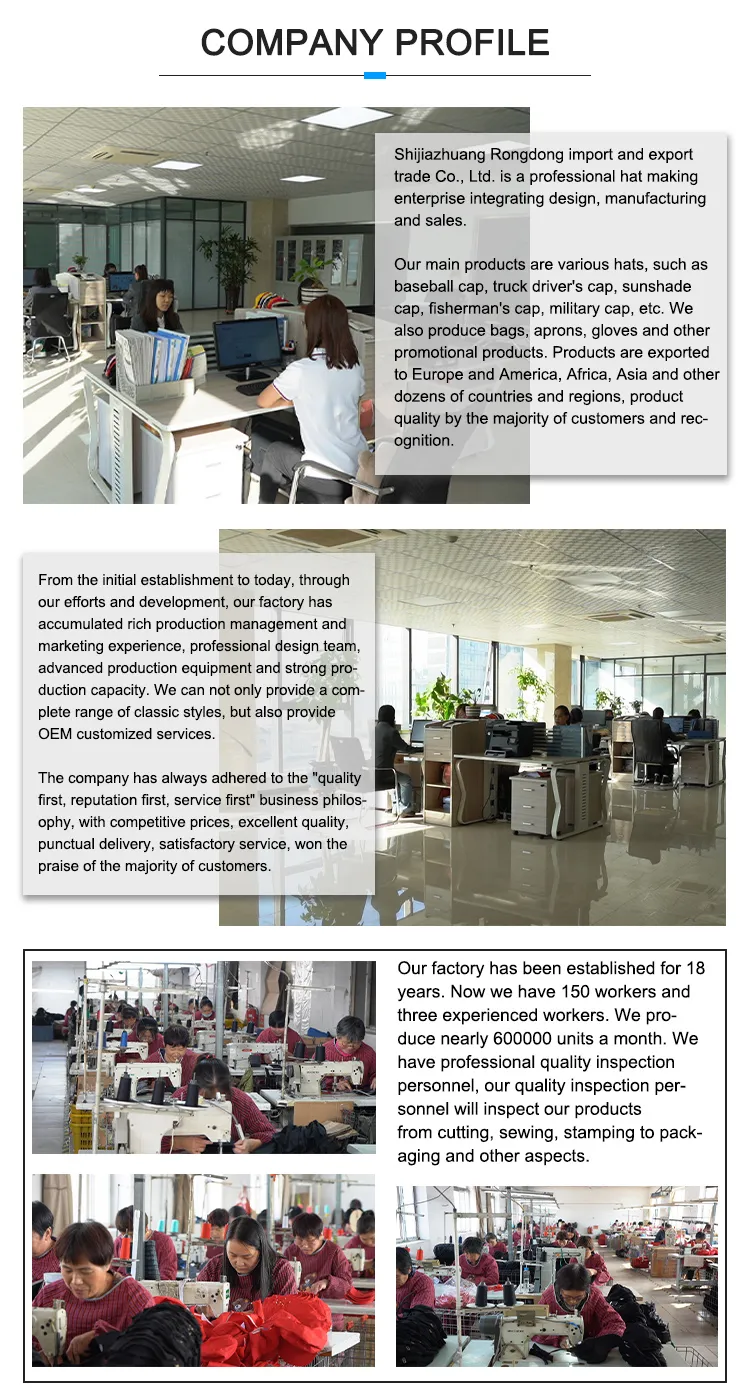
(custom camo hat)
Introduction to Custom Camo Hats: Exploring Evolving Consumer Demand
The market for custom camo hat
s is witnessing unprecedented growth as personalization continues to drive product differentiation. Consumer expectations are shifting from standard utility to expressive identity, transforming traditional camo patterns into a canvas for brand storytelling and individual style. Once reserved for hunting and tactical use, camo hats are now staples in streetwear, sports apparel, and promotional merchandise. This article delves deep into the drivers behind this trend, evaluates technical advances, benchmarks top manufacturers, outlines customization methods, and presents actionable insights for both buyers and brands.
Unraveling the Popularity Surge: Market Data & Growth Trends
The custom hats camo segment is not merely a niche; recent market data underlines its fast-track evolution. According to Allied Market Research, the global headwear market is projected to reach $28.4 billion by 2027, with camo-style hats representing one of the fastest-growing sub-categories. In fact, year-over-year growth for customized outdoor hats, fueled by corporate branding and influencer-driven fashion, has surpassed 13% since 2020. Furthermore, consumer surveys indicate that 62% of buyers are willing to pay a premium of 15-35% for personalized camouflage accessories. Social media platforms have amplified this demand, as ‘custom camo hat’ mentions on Instagram and Pinterest soared by 48% in the past 12 months, reflecting the power of visual appeal and shareability.
Modern Manufacturing Techniques and Their Impact on Quality
Recent advancements in hat manufacturing are reshaping the capabilities of custom camo hats. Precision digital fabric printing enables intricate, photorealistic camo patterns across diverse materials—from classic cotton twill to eco-friendly recycled polyester blends. 3D embroidery technologies create tactile logos with unmatched depth, while laser cutting and seamless bonding ensure high structural integrity and comfort. With these tools, manufacturers can now offer fade-resistant dyes, moisture-wicking linings, reinforced brims, and military-grade hardware, all while reducing turnaround times by up to 30%. The integration of mass-customization software allows retailers and brands to prototype new designs in hours instead of weeks, accelerating innovation cycles and decreasing minimum order quantities.
Comparative Analysis: Leading Custom Hat Manufacturers
Selecting the right supplier is pivotal. The table below contrasts four prominent companies specializing in custom camo hats based on quality, price range, turnaround, minimum order, and sustainability initiatives.
| Company | Quality Rating (1-5) | Price Range (USD/unit) | Standard Turnaround (days) | Minimum Order (units) | Sustainability Initiatives |
|---|---|---|---|---|---|
| CamoWorks Custom | 5 | $12-$25 | 10-14 | 12 | Recycled fabrics, Water-based inks |
| HeadsUp Apparel | 4 | $7-$18 | 14-18 | 24 | Fair labor, Biodegradable packaging |
| Prime Hat Factory | 3.5 | $5-$14 | 18-30 | 48 | WASTE-program certification |
| UrbanCamo Studio | 4.5 | $13-$27 | 10-16 | 10 | Vegan adhesives, Solar power |
CamoWorks Custom and UrbanCamo Studio stand out for quality and rapid production, integrating eco-friendly processes that appeal to a growing segment of environmentally conscious consumers. HeadsUp Apparel maintains a balance between affordability and ethical practices, making it particularly attractive for emerging brands and promotional campaigns.
Personalization Strategies: Techniques, Materials, and Creative Options
Effective personalization is the centerpiece of the custom camo hat trend. State-of-the-art options include full-panel sublimation for seamless prints, glow-in-the-dark accents, heat-transferred vinyl for multi-color graphics, and bespoke mesh inserts for breathability. Material selection now extends to bamboo fiber blends, reflective yarns for night visibility, and antimicrobial linings for active lifestyles. Design flexibility lets customers manipulate not just colors and logo placements, but also panel shapes, closure types (snapback, flexfit, velcro), bill lengths, and even under-brim graphics. For brands, utilizing Pantone-matching and retail-grade tagging enhances perceived value and guarantees color consistency in large volume orders. These strategies enable customers—from outdoor retailers to esports teams—to align custom hats with their identity and market positioning.
Real-World Applications: Case Studies Across Industries
Case Study 1: A regional outdoor retailer collaborated with a leading camo manufacturer to launch a limited-edition hat series targeting Gen Z consumers. Leveraging influencer partnerships and augmented reality try-on filters, the campaign yielded a 34% sales increase and 800,000 digital impressions within three weeks.
Case Study 2: A Fortune 500 logistics firm sought a durable promotional item for its field operators. By specifying double-stitched brims, sweat-wicking mesh, and safety-orange camo prints, the company reported a 70% retention rate among employees and improved brand visibility at industry events.
Case Study 3: An indie esports organization customized hats for team merchandise. Incorporating supporters’ gamer tags and team colors in each design, merchandise sell-through rates reached 92% at launch, with fans posting over 1,500 social shares tagged with team-branded camo hats.
These case studies underscore the adaptability and scalability of custom hats camo, demonstrating measurable impacts across diverse markets.
The Future Landscape of Custom Camo Hat Innovation
As consumer behaviors and technologies evolve, the trajectory of custom camo hats promises ongoing transformation. Data-driven design platforms, AR/VR fitting rooms, and blockchain-backed supply chain transparency will further elevate customer engagement and trust. Anticipated growth in smart fabrics—such as moisture-reactive or temperature-regulating camo panels—ushers in a new era of functional headwear that blends fashion, identity, and utility. For brands, retailers, and creative individuals, embracing these innovations ensures not just market relevance but leadership in an increasingly competitive landscape. Investing in sustainable materials and transparent practices will define success in tomorrow’s custom hat marketplace.
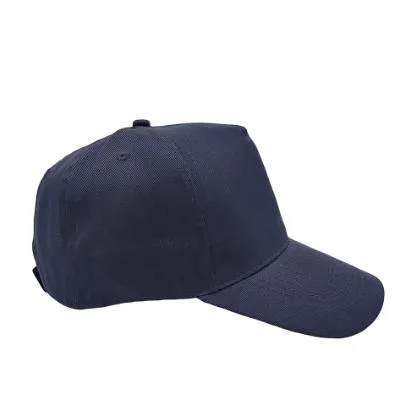
(custom camo hat)
FAQS on custom camo hat
Q: What materials are used for custom camo hats?
A: Most custom camo hats are made from cotton, polyester, or a blend of both for comfort and durability. Some may feature mesh panels for breathability. You can usually select your preferred material when ordering.Q: Can I add my own logo to a custom camo hat?
A: Yes, you can typically add your own logo, text, or artwork to custom hats camo designs. Most providers offer embroidery or printed options. Just upload your design during the customization process.Q: Are there different camouflage patterns available for custom camo hats?
A: Absolutely! You can choose from various camo patterns like woodland, digital, desert, or urban camo. The pattern selection depends on the supplier. Be sure to check which options are available before ordering.Q: What is the minimum order quantity for custom camo hats?
A: Minimum order quantities vary by manufacturer. Some allow single custom orders, while others require a minimum of 10 or more. Always review the provider's order policies before purchasing.Q: How long does it take to receive my custom camo hats?
A: Production and shipping times for custom camo hats generally take 1–3 weeks. The exact timeframe depends on order quantity and customization complexity. Expedited options may be available for an extra fee.-
Trucker Hat Wholesale and Mesh Baseball Caps TrendsNewsJun.23,2025
-
Sun Visor Caps Style Meets FunctionNewsJun.23,2025
-
Kids Hat Innovations Foam Mesh and Trucker HatsNewsJun.23,2025
-
Bucket Hats A Timeless Fashion StapleNewsJun.23,2025
-
Tips for Storing Trucker Hat Bulk to Maintain QualityNewsJun.12,2025
-
The Role of Cotton Cycling Caps in Cycling CultureNewsJun.12,2025
-
The Most Popular Bucket Hat StylesNewsJun.12,2025




